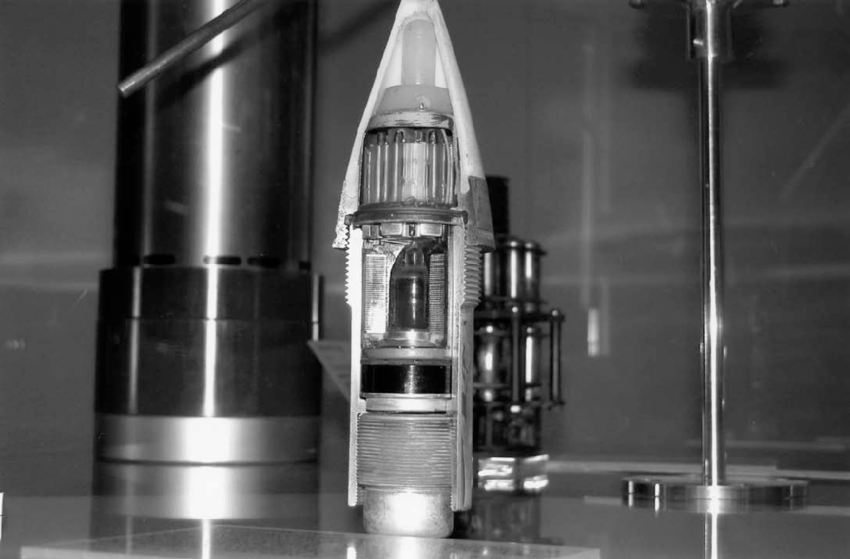Introduction
Filipino math professor Emma Rotor had a crucial role in creating the proximity fuze during World War II, thus cementing her place in history. Compared to prior fuses, which often malfunctioned and prematurely detonated, this revolutionary technique vastly improved the efficacy of combat armament by enabling bombs and shells to explode near their targets without the need for direct contact.
Emma Rotor: Her Early Years and Schooling
Emma Rotor, the daughter of a lawyer and a teacher, was born in Manila, Philippines, in 1914. Her early precocity in mathematics led her to major in the subject as an undergraduate at the University of the Philippines.
Emma Rotor: Her Career
Emma Rotor began her work as a maths teacher in a high school in Manila shortly after graduating from college. The Japanese invasion of the Philippines in 1941, however, severely altered her life. Emma and her husband Jose left Manila and finally settled in New York City after receiving asylum in the United States.
After relocating to New York City, Emma Rotor quickly found a home at the prestigious Radiation Laboratory at Columbia University. Involvement from Emma Rotor in the proximity fuze project was crucial to the astounding success of this institution, which was at the forefront of creating cutting-edge weapons technology during World War II.
This is a Proximity Fuze
A small radar-based device, the proximity fuze, is attached to bombs or shells and uses radar technology to determine when it is close enough to detonate. When the fuze is within range, it sends out a radio signal. The fuze will set off the bomb if the signal is reflected. This novel system greatly improved the precision and targeting abilities of weapons, making physical touch unnecessary.

The invention of the proximity fuze was a turning point in military history, and it had a significant impact on how World War II ended. The balance of power shifted in the allies’ favour as they made good use of this technological advancement.
Future and Aftermath
After World War II, Emma Rotor kept on her stellar work as a research mathematician while also becoming an outspoken supporter of women’s equality in the STEM fields. Her work lives on, inspiring women and mathematicians throughout the globe for decades to come.
After her extraordinary life, Emma Rotor passed away in 1999 at the age of 85. She left behind a legacy that was both innovative and a powerful demonstration of the critical role that women can play in advancing scientific and technical knowledge.
Conclusion
In the fields of mathematics and science, Emma Rotor was a trailblazer whose achievements changed the world forever. The proximity fuze she developed was revolutionary and changed the face of warfare forever. As a reminder that great accomplishments are possible through unrelenting perseverance, unlimited imagination, and an unshakable enthusiasm for science, Emma Rotor’s legacy continues to inspire women in STEM disciplines and mathematicians throughout the world.
